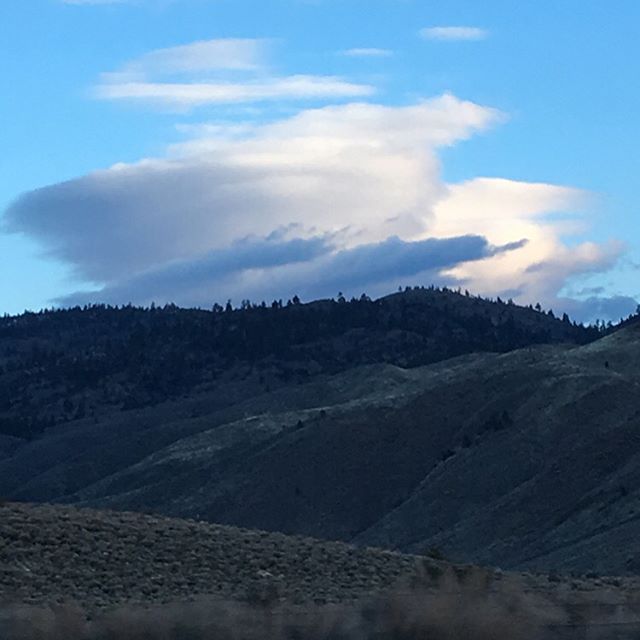By Zoey Rosen
Poor air quality days are a problem. Not all air quality problems are the same though! There are different types of air pollution--like particulate pollution or ozone pollution--even if they come from similar point sources. Knowing the difference between the types can help you understand your risk, and learn more about what’s going on in the air above you.
What is particulate pollution?
Particulate pollution is when small, hazardous particles are spread throughout the air. These particles range in size (from PM2.5 to PM10), and can be from a natural or industrial sources. Soot from fires, dust, factory debris, and fossil fuel emissions are examples of particulate matter (PM) that contribute to poor air quality. PM is a threat all year, not just “fire season.”
Man-made and natural sources of PM are known as primary PM sources. A secondary PM source is a source that directly emits vapors and chemical compounds into the air, that form or help form PM. These compounds are as volatile organic compounds (VOCs), sulfur oxides, ammonia, or Nitrogen oxides. Once in the air, these compounds can lead to chemical reactions that have a different effect on air pollution.
What is ozone pollution?
Ozone pollution happens when sunlight reacts with VOCs or Nitrogen oxides in the air. This chemical reaction often removes an oxygen atom from the compounds, which bonds with the oxygen (O2) in the air. Common at the ground-level and in higher altitude locations, ozone pollution has a greater risk in the summer, when there are higher temperatures.
How does this affect our health?
Breathing in particulate matter can be harmful to your health. The small particles can lead to problems with breathing, like with asthma, or cardiovascular issues, like heart attacks. Ozone has a similar effect on breathing issues, leading to irritation of the throat, asthma, or lung disease.
Both PM and ozone pollution are hard to see, and must be taken seriously. While you can see a haze sometimes for PM pollution, ozone is harder to notice without Air Quality (AQ) alerts. The negative health effects of both types of pollution can be avoided by taking the proper measures to protect you and your family.

